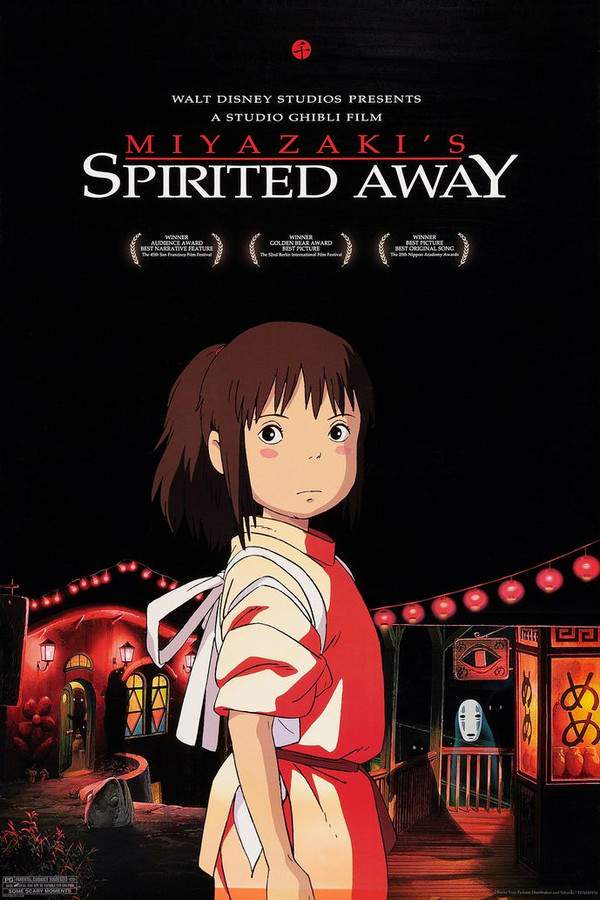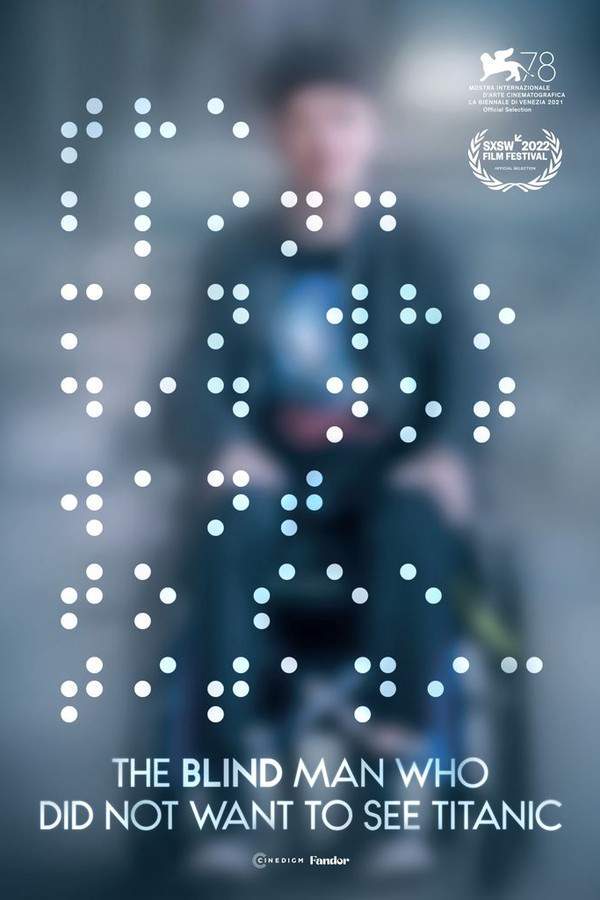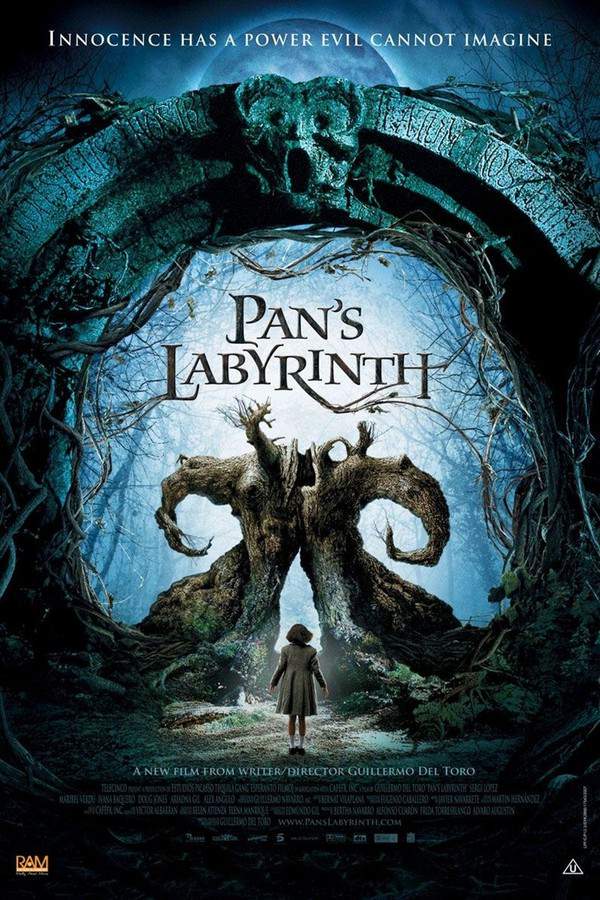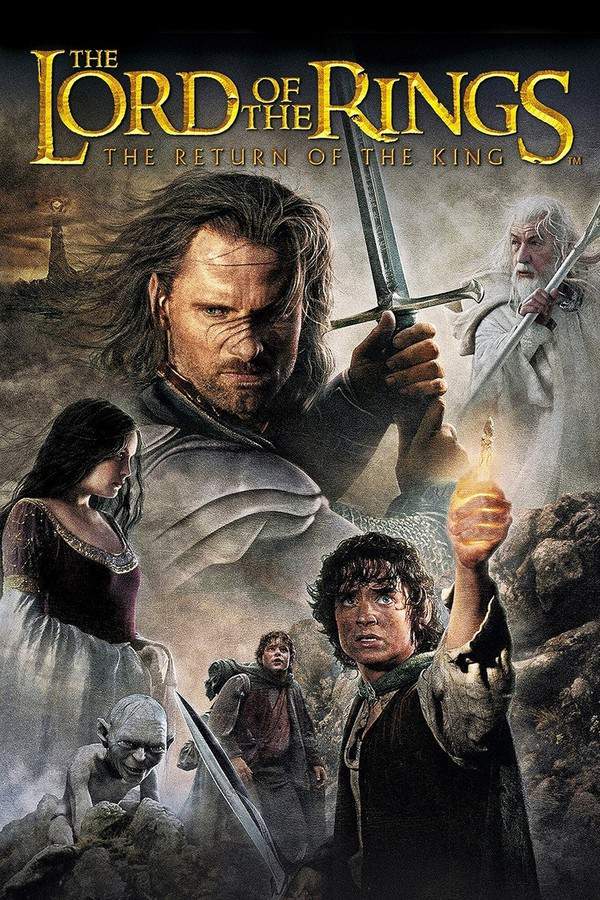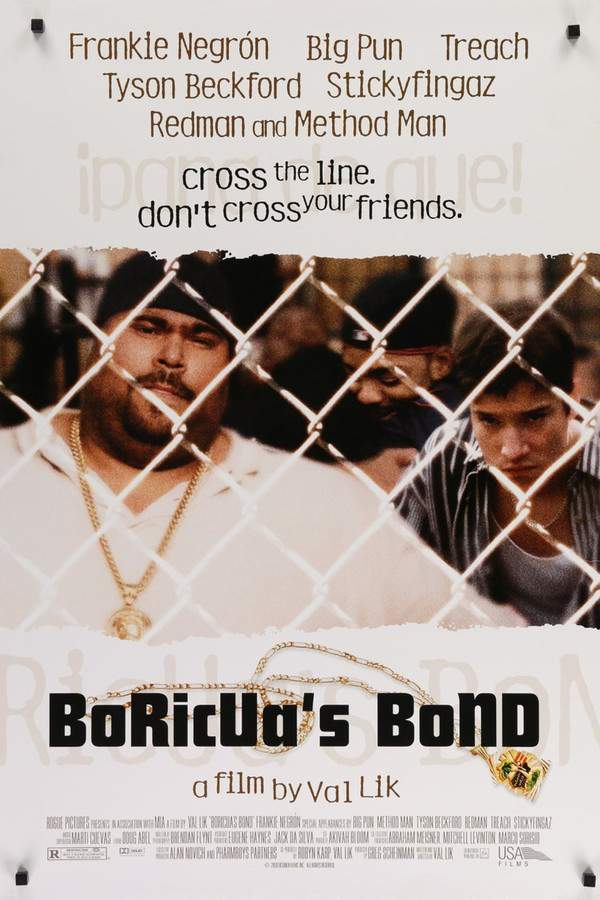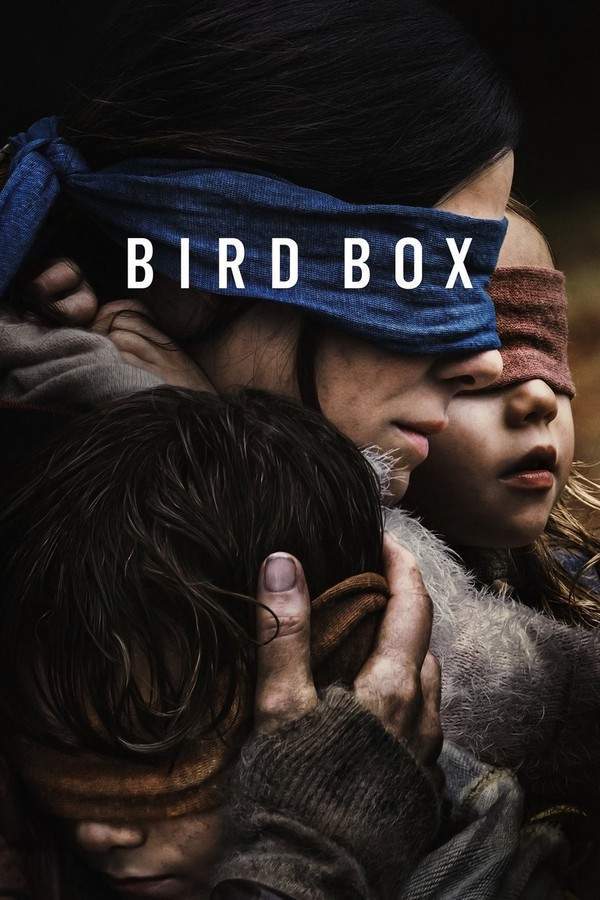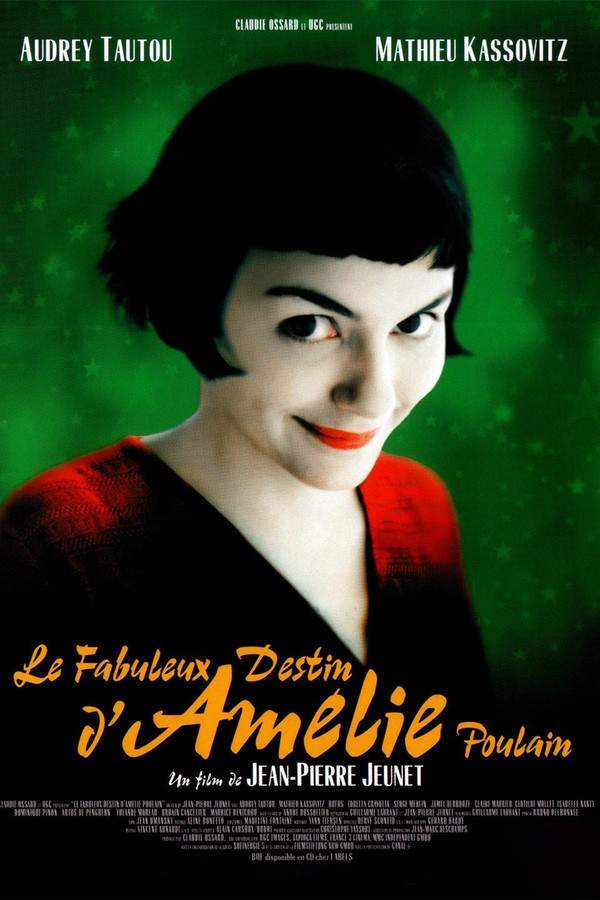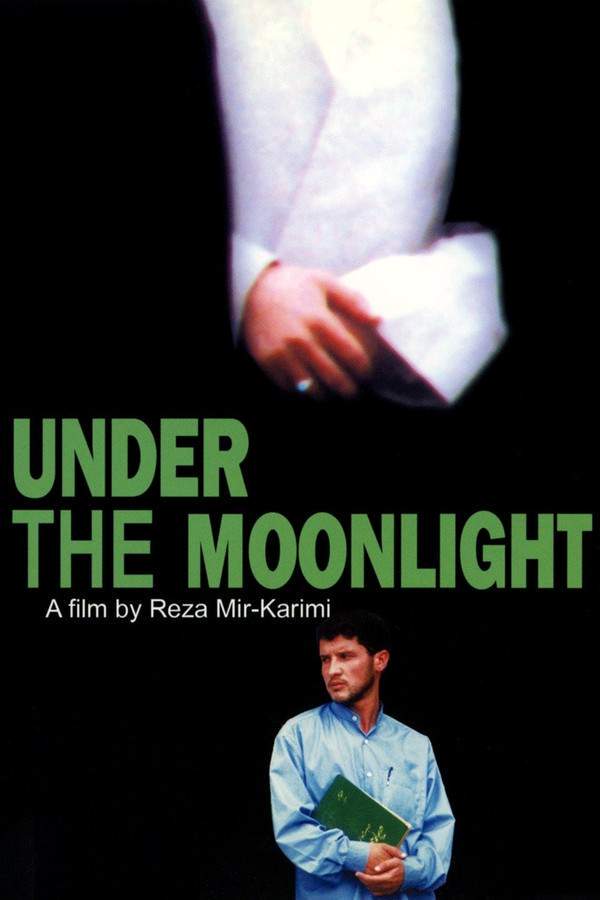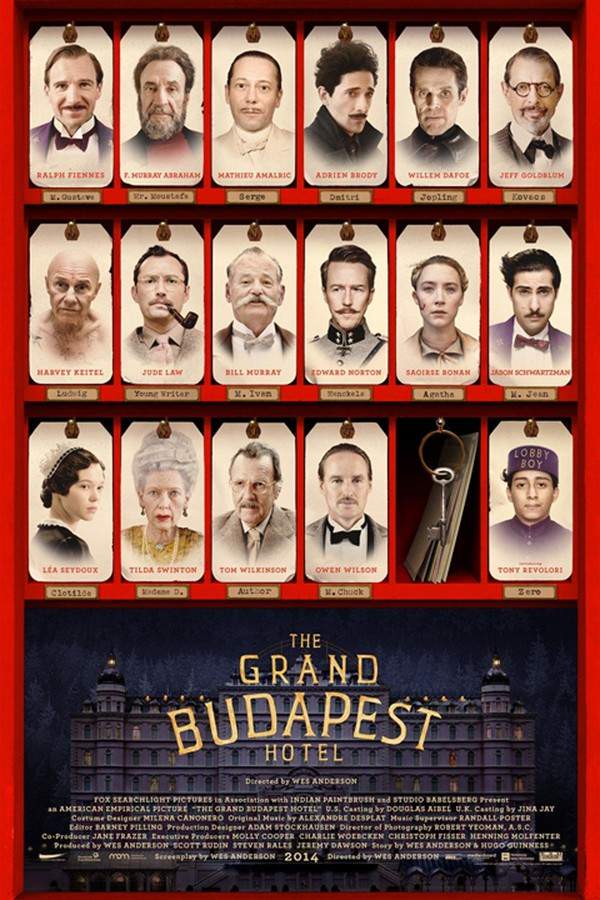What's After the Blog?
Culture • Film Industry
The Global Film Market: Understanding Cross-Cultural Appeal
Explore the fascinating dynamics of the global film market and its cross-cultural appeal in our latest blog post, delving into how movies resonate across different cultures and impact the film industry.
February 14, 2024

Movies mentioned in this article
The Global Film Market: Understanding Cross-Cultural Appeal
Introduction
The global film industry has undergone a remarkable transformation over the past few decades, evolving into a multifaceted entity that transcends geographical and cultural boundaries. This evolution is not just about the technological advancements or the sheer volume of content being produced; it is deeply rooted in the industry’s ability to connect with diverse audiences worldwide. Films are no longer confined to their country of origin—they are global phenomena, reaching audiences far and wide, crossing cultural, linguistic, and social divides.
In this landscape, understanding the cross-cultural appeal becomes crucial. Films like Crouching Tiger, Hidden Dragon and Slumdog Millionaire have shown how stories rooted in specific cultures can resonate globally. They reflect universal themes—love, ambition, conflict—while being deeply entrenched in their cultural milieu. This unique blend of the universal and the specific is what gives these films their worldwide appeal. The success of these films prompts a question: How do filmmakers craft stories that appeal to both local and global audiences? And more importantly, how do these films impact the cultural understanding and economic dynamics of the global film industry?
The Art of Storytelling Across Cultures
Storytelling is an intrinsic part of human culture. Every society has its own way of telling stories, influenced by its history, values, and social structures. Hollywood, for instance, is renowned for its three-act structure—a setup, confrontation, and resolution—typified in classics like The Godfather and contemporary hits like Avengers: Endgame. This structure creates a universal appeal, allowing audiences worldwide to engage with the story, regardless of their cultural background.
Conversely, Bollywood, India’s film industry, often incorporates song and dance sequences, melodrama, and a family-centric narrative in its storytelling, as seen in films like Dilwale Dulhania Le Jayenge. These elements, deeply rooted in Indian culture, resonate strongly with local audiences. However, the emotional universality in these stories, combined with the spectacle of music and dance, also attracts international viewers, offering a glimpse into India’s rich cultural tapestry.
The difference in storytelling styles is evident in how different cultures approach themes and genres. Japanese cinema, for instance, often reflects a deep contemplation and subtlety in its narrative style, as seen in the works of Akira Kurosawa and Hayao Miyazaki. Films like Spirited Away and [Seven Samurai
] showcase a blend of mythological elements and a profound understanding of human nature, appealing to audiences’ deeper sensibilities. This style contrasts with the more direct and action-oriented narrative common in Western cinema.
Furthermore, regional cinema in countries like South Korea and Nigeria (Nollywood) has been gaining international attention. South Korean films, such as Parasite and Oldboy, often tackle complex themes like class struggle and revenge with unique storytelling techniques, drawing global audiences with their innovative narratives and masterful direction. Similarly, Nollywood’s vibrant and dynamic storytelling, seen in movies like The Wedding Party, combines melodrama and humor to depict the everyday life and aspirations of Nigerians, resonating with audiences across Africa and beyond.
The art of storytelling across cultures is thus a fascinating study in contrasts and similarities. While each culture brings its unique flavor to cinema, the underlying human emotions and experiences remain universal. This universality is what makes a film from one part of the world relatable to someone living in a completely different cultural setting. It’s the magic of cinema that it can tell a story rooted in one culture, and yet, speak to people across the globe, transcending language and geographic barriers.
This intricate dance between the culturally specific and the universally appealing is a testament to cinema’s power as a medium of storytelling. It’s a power that not only entertains but also educates and connects people, making the world a smaller, more interconnected place. As we continue to explore the global film market in this post, we’ll delve deeper into how these stories shape our understanding of different cultures and the world at large.
Language of Cinema: Universal Themes and Local Flavors
The universal appeal of cinema is often attributed to its ability to convey themes that resonate across different cultures. Love, conflict, triumph, and tragedy are emotions and experiences that transcend geographical boundaries and cultural differences. However, the way these themes are presented can vary significantly from one culture to another, adding a unique flavor to each cinematic creation.
Take, for instance, the theme of love. In Hollywood, love stories often focus on individual passions and personal journeys, exemplified in films like Titanic and The Notebook. These narratives highlight the personal struggles and triumphs of the characters, often set against larger-than-life backdrops. In contrast, Bollywood love stories, such as Dil Se and Veer-Zaara, often incorporate family dynamics, societal norms, and even political contexts, reflecting the intertwined nature of personal and social lives in Indian culture.
Another intriguing aspect is how different cultures approach the theme of conflict. American films, like Saving Private Ryan, often portray conflict through the lens of heroism and personal sacrifice, focusing on individual characters’ journeys. Meanwhile, Japanese cinema, as seen in films like Grave of the Fireflies, may present conflict as a backdrop to explore deeper emotional and moral questions, emphasizing collective experiences and societal impacts.
The diversity in thematic representation not only enriches the global film landscape but also fosters a deeper understanding and appreciation of different cultures. It highlights the many ways human experiences can be interpreted and expressed, offering viewers a multifaceted view of the world.
“Why do some themes resonate universally while others are culture-specific?” This question lies at the heart of the global film industry’s efforts to bridge cultural divides. Understanding this dichotomy helps filmmakers and distributors tailor their content to different audiences, ensuring that their stories are not just seen but also felt and understood by people from various cultural backgrounds.
Economic Impact: Revenue Generation in Different Markets
The economic implications of cross-cultural films are significant, as they often determine a film’s global success and profitability. Movies that resonate across different cultures not only garner critical acclaim but also achieve substantial box-office returns, influencing the strategies of production studios and distributors.
For example, the Marvel Cinematic Universe, with films like Avengers: Endgame, has seen immense global success, thanks in part to its universal themes of heroism, sacrifice, and resilience, coupled with a diverse cast and culturally sensitive storytelling. These films have broken box office records worldwide, illustrating the lucrative potential of movies with cross-cultural appeal.
On the other hand, films that have done exceptionally well in foreign markets often possess unique qualities that appeal to those specific audiences. For instance, Crouching Tiger, Hidden Dragon achieved remarkable success in Western markets due to its blend of stunning martial arts sequences, a compelling narrative, and breathtaking cinematography. This success opened doors for other Asian films in the Western market, demonstrating the economic benefits of cross-cultural appeal.
The rise of
streaming services and digital distribution has also played a pivotal role in shaping the global film market’s economic landscape. Platforms like Netflix and Amazon Prime have made international films more accessible to a global audience, leading to an increased demand for diverse content. For instance, Spanish films like Pan’s Labyrinth and Korean dramas such as Parasite have gained international popularity, not just for their artistic merit but also due to their availability on these global platforms. This accessibility not only enhances cultural exchange but also creates new revenue streams for filmmakers and studios outside their domestic markets.
Furthermore, the economic impact of cross-cultural films extends beyond box office revenues. These films can boost tourism, promote cultural exchange, and even influence international relations. For instance, New Zealand’s tourism industry experienced a significant boost thanks to the popularity of the Lord of the Rings trilogy, which showcased the country’s stunning landscapes. Similarly, Bollywood films have long been a source of cultural export for India, enhancing its soft power and global image.
In conclusion, the economic impact of the global film market is as diverse as the films themselves. From blockbuster hits to indie gems, the cross-cultural appeal of cinema not only contributes to the global dialogue between cultures but also drives significant economic benefits. Understanding these dynamics is crucial for filmmakers, distributors, and policymakers who navigate this complex and ever-evolving landscape.
The Role of Localization in Global Film Success
Localization plays a pivotal role in a film’s success in international markets. It involves adapting a movie to suit the cultural sensitivities and linguistic preferences of different regions. This process can include dubbing, subtitling, and even modifying certain cultural references to resonate better with foreign audiences. The impact of localization on a film’s international success cannot be overstated; it can make the difference between a movie being a global hit or missing the mark with overseas audiences.
An exemplary case study is the adaptation of animated films for global audiences. Disney, for instance, has mastered the art of localization. Consider the global success of Frozen. Not only was the film dubbed into multiple languages, but certain elements, like songs and jokes, were carefully adapted to retain their appeal across different cultures. In Japan, the film’s theme song, “Let It Go,” was given a unique lyrical adaptation, which contributed to the film’s immense popularity in the country.
Similarly, the Hollywood adaptation of The Girl with the Dragon Tattoo was meticulously localized for a global audience. Despite its distinctly Swedish setting, the film was successful internationally, thanks in part to its sensitive adaptation, which included casting choices and narrative tweaks to make the story more accessible to a non-Swedish audience.
Localization is not without its challenges, however. Balancing the authenticity of the original content with the cultural nuances of the target audience can be a delicate act. Over-localization can lead to the loss of the original’s essence, while under-localization might result in cultural misunderstandings or a lack of engagement from the audience. The key is to find that sweet spot where a film remains true to its roots while being accessible and appealing to international viewers.
How Does Technology Influence Cross-Cultural Film Consumption?
The advent of technology, particularly the rise of streaming services and digital platforms, has revolutionized the way we access and enjoy films from different cultures. These platforms have broken down traditional barriers to distribution, making it easier for films to reach a global audience. The impact of this technological shift on cross-cultural film consumption is profound, changing not only how films are watched but also how they are made and marketed.
Streaming giants like Netflix, Amazon Prime, and Hulu have become instrumental in introducing audiences to films and TV shows from around the world. For example, Money Heist, a Spanish series, gained a massive global following after being picked up by Netflix. Similarly, Parasite from South Korea saw increased popularity post its Oscar win, with streaming platforms playing a significant role in its distribution. These platforms curate a diverse range of content, offering subtitles and dubbing in multiple languages, thus removing language barriers that once limited the reach of non-English films.
“How has technology changed the way we access and enjoy films from different cultures?” The answer lies in the ease and immediacy of access. Viewers now have a world of cinema
at their fingertips, allowing for exploration and discovery beyond their local cinemas or the limitations of physical media. This shift has not only broadened the audience base for international films but also fostered a more inclusive and diverse film culture. Audiences are no longer restricted to Hollywood productions; they can easily explore Bollywood dramas, Korean thrillers, Japanese anime, or African cinemas, all from the comfort of their homes.
Moreover, technology has also impacted the production and marketing strategies of films. Filmmakers now consider the global audience during the conceptualization and creation of their work. This global outlook influences casting decisions, storytelling techniques, and even marketing strategies. The success of international co-productions, like the Mission: Impossible franchise, showcases the potential of this approach, combining elements that appeal to diverse audiences while retaining a universal appeal.
In the realm of marketing, social media and digital advertising have become indispensable tools for promoting films across different cultures. Trailers, posters, and promotional content are now tailored for various regional markets, often released simultaneously worldwide. The viral marketing campaigns of movies like Deadpool and The Avengers series demonstrate the power of digital platforms in creating a global buzz.
In conclusion, technology has not only democratized film consumption but also catalyzed the evolution of the film industry towards a more global, inclusive, and diverse entity. As streaming services continue to grow and technology advances, we can expect even more significant changes in how films are made, distributed, and consumed across cultures.
Marketing Strategies for Cross-Cultural Appeal
In an increasingly globalized world, the success of a film often hinges on its appeal to diverse audiences. Crafting effective marketing strategies for films with a global target audience requires a deep understanding of various cultural nuances and consumer behaviors. This challenge involves not only promoting a film across different regions but also ensuring that the marketing resonates with each distinct audience.
A notable example of successful cross-cultural marketing is the approach taken by major film franchises like the James Bond series. These films are marketed differently in various countries, taking into account local preferences and cultural sensitivities. For instance, the marketing in Asia might emphasize high-octane action sequences, while European promotions could focus more on the film’s sophisticated style and heritage. This tailored approach ensures that the film appeals to the specific tastes and interests of audiences in different parts of the world.
Another strategy is the use of international stars to draw in audiences from different countries. The casting of actors from various nationalities not only enriches the film’s narrative but also serves as a marketing tool to attract their native fanbases. Films like Fast & Furious and X-Men have successfully employed this strategy, featuring a diverse cast that resonates with a global audience.
Moreover, filmmakers are increasingly turning to digital platforms and social media to engage with audiences worldwide. Online campaigns, interactive content, and global premieres on platforms like YouTube and Instagram allow films to reach a wider audience. The use of hashtags, viral challenges, and social media influencers in promoting films like Bird Box and The Witcher series exemplifies this modern approach to movie marketing.
Ultimately, the key to successful marketing lies in understanding the cultural context of each market and crafting messages that connect with the audience on a personal level. This nuanced approach to marketing not only enhances the film’s global reach but also fosters a sense of inclusivity and respect for cultural diversity.
Audience Reception: Understanding Different Viewer Preferences
Understanding audience reception is crucial in gauging a film’s cross-cultural appeal. Viewer preferences can vary widely across different cultures, influenced by social norms, historical contexts, and individual experiences. These preferences shape how films are received and interpreted in various markets, impacting their overall success and legacy.
For instance, American audiences might prefer fast-paced narratives and high-stakes action, as seen in the popularity of films like Avengers: Endgame and Jurassic World. In contrast, European viewers might gravitate towards more introspective and artistic films, exemplified by the acclaim for movies like Amélie and The Lives of Others. Similarly, Asian audiences often appreciate a blend of action, emotion, and drama, as reflected in the success of films like Spirited Away and Dangal.
The reception of a film can also be influenced by how well it reflects or resonates with the cultural and social realities of the audience. For instance, a film that authentically portrays the struggles and aspirations of a particular community can strike a chord with that audience, as seen in the reception of Moonlight in the African American community and Parasite in South Korea.
Filmmakers and distributors must consider these varying preferences to effectively reach and engage different audiences. This involves not only the content of the film but also how it is marketed and distributed. Understanding the nuances of audience reception helps in tailoring the film experience to meet the expectations and sensibilities of diverse viewers, ultimately contributing to a film’s cross-cultural success.
Conclusion
As we reach the conclusion of our exploration into the global film market and its cross-cultural appeal, it’s important to reflect on the key points discussed. We have seen how storytelling varies across cultures, with each bringing its unique perspective and narrative style. Films like Crouching Tiger, Hidden Dragon and The Grand Budapest Hotel showcase the diverse ways stories can be told and appreciated across borders. The universal language of cinema, with its blend of universal themes and local flavors, has the power to connect people from different backgrounds, fostering a deeper understanding and appreciation of our diverse world.
The economic impact of cross-cultural films has been significant, not just in terms of revenue but also in influencing global cultural trends and consumer behaviors. Movies like Avatar and The Dark Knight have demonstrated the financial potential of films that resonate on a global scale. Meanwhile, the role of localization, from dubbing and subtitling to cultural adaptation, is crucial in making films accessible and relatable to international audiences, as seen in the success of Frozen in non-English speaking countries.
The influence of technology in shaping how we consume films across cultures is undeniable. Streaming services like Netflix and Amazon Prime have brought international cinema to our living rooms, making it easier than ever to explore films from around the globe. The rise of social media and digital marketing has also revolutionized the way films are promoted, enabling a more direct and engaging connection with audiences worldwide.
In conclusion, understanding the cross-cultural appeal of films is essential in today’s globalized world. The film industry, from filmmakers to marketers, must continue to adapt and innovate to meet the changing dynamics of global audiences. As movie enthusiasts, we have the privilege of experiencing this rich tapestry of global cinema, which not only entertains but also enlightens and unites us in our shared human experience.
What’s Next in Cinema?
Looking towards the future, the landscape of global cinema is poised for even more exciting developments. The increasing collaboration between different film industries, the rise of new cinematic voices from underrepresented regions, and the continual evolution of technology are shaping a new era in filmmaking. We can anticipate more films that not only entertain but also challenge and broaden our perspectives, reflecting the complexities and beauty of our world.
For those who are passionate about exploring the depths of cinema, both from a viewer and industry perspective, it’s an exciting time. As we continue to witness the blurring of cultural and geographical lines in film, the opportunities for learning, enjoyment, and connection through cinema are boundless.
In the spirit of this exploration, we invite you to delve deeper into the world of movies with ATM, where you can discover more about your favorite films, from end-credit scenes to in-depth descriptions and summaries. Let’s continue to celebrate and explore the unifying power of cinema together.
And remember, for more fascinating insights and discussions on movies and their cultural impact, be sure to visit our blog at What’s After the Movie for a diverse range of topics and perspectives on the world of cinema.
Continue reading

What's After the Movie?
Not sure whether to stay after the credits? Find out!
Explore Our Movie Platform
New Movie Releases (2025)
Famous Movie Actors
Top Film Production Studios
Movie Plot Summaries & Endings
Major Movie Awards & Winners
Best Concert Films & Music Documentaries
Movie Collections and Curated Lists
© 2025 What's After the Movie. All rights reserved.






